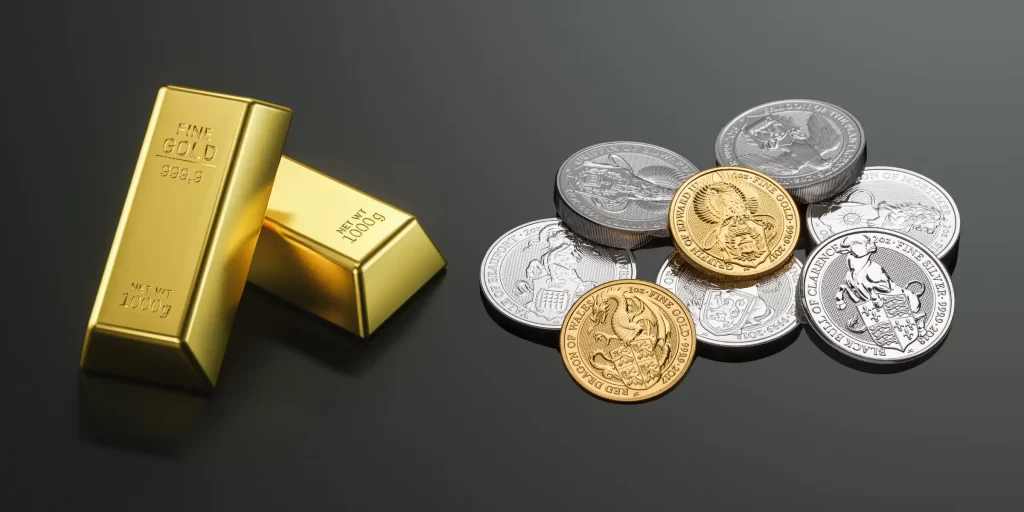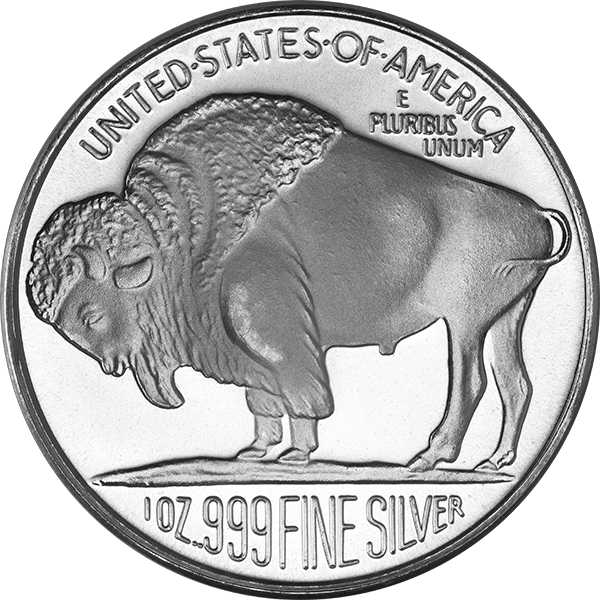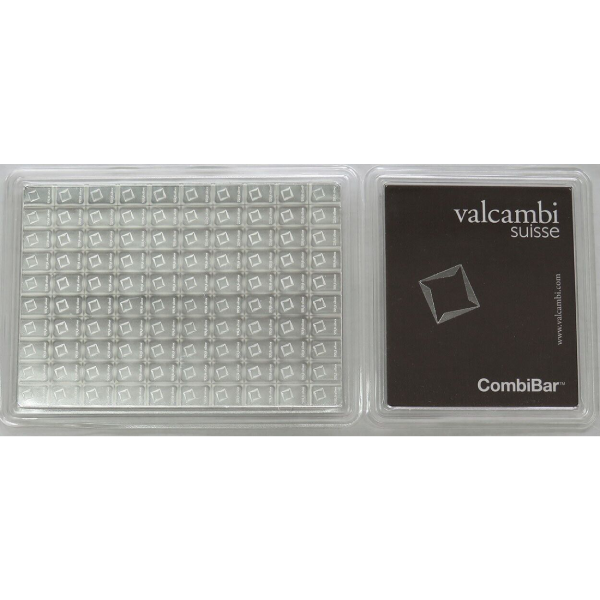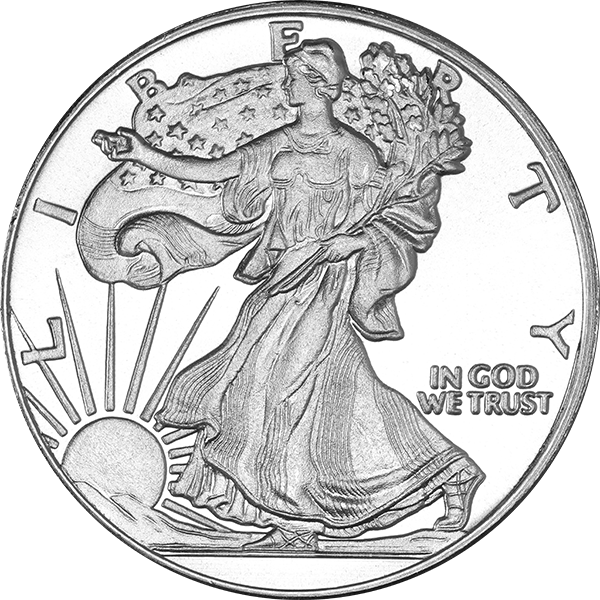Interest Rates and Precious Metals
Interest rates have a significant impact on the price and demand for precious metals like gold and silver. The relationship between interest rates and precious metals is generally inverse, meaning that when interest rates go up, the price of precious metals often falls, and vice versa. Here’s why:

1. Opportunity Cost:
- When interest rates rise, the opportunity cost of holding non-yielding assets like gold or silver increases. This is because higher rates make interest-bearing assets (like bonds or savings accounts) more attractive compared to holding precious metals, which don’t earn interest or dividends. As a result, investors may shift their money out of precious metals and into assets that provide better returns in a higher-rate environment.
- Conversely, when interest rates fall, the opportunity cost of holding precious metals is lower because interest-bearing investments offer less attractive returns. This can drive more investment into gold and silver, pushing prices higher.
2. Inflation Hedge:
- Precious metals, especially gold, are often considered a hedge against inflation. When interest rates are low (or negative), central banks are typically trying to stimulate the economy, which can lead to inflationary pressures. Gold and silver tend to do well in such environments, as they hold value better than cash in inflationary times.
- On the other hand, when interest rates rise, inflation tends to be more under control, and the need for an inflation hedge like gold decreases. Higher rates are typically used to cool off inflation, which can reduce the demand for precious metals.
3. Safe-Haven Demand:
- In times of economic uncertainty or geopolitical instability, demand for precious metals can rise, regardless of interest rates, as investors seek safe-haven assets. However, when interest rates are rising in response to a booming economy or positive outlook, the need for a safe-haven asset like gold and silver may decrease.
- On the flip side, if interest rates are low because of economic weakness, gold may attract more interest as a store of value during times of crisis or instability.
4. Dollar Strength:
- Interest rates have a direct influence on the strength of the U.S. dollar. Higher interest rates can strengthen the dollar because they attract foreign investment seeking better returns from U.S. bonds and other interest-bearing assets. Since gold and silver are priced in dollars, a stronger dollar can make precious metals more expensive for foreign buyers, potentially decreasing demand and causing prices to fall.
- When interest rates are low, the dollar tends to weaken, which can make precious metals more affordable for foreign investors, leading to higher demand and rising prices.
5. Inflation vs. Interest Rate Hikes:
- If interest rates are rising in response to inflationary pressures, gold may benefit in the short term as investors anticipate further inflation. But over the long term, if interest rates keep rising, this can start to hurt precious metals prices as the opportunity cost of holding them increases.
- If the central bank raises rates because it believes inflation is under control, then gold may not experience much of a price increase, as investors become more confident in other investments.
Historical Trends:
- Historically, gold has performed well in low interest rate environments, particularly during periods of economic uncertainty and when central banks are keeping rates low to spur growth (such as during the 2008 financial crisis).
- Silver tends to follow a similar pattern to gold but can be more volatile. It often reflects the economic outlook more directly, as its price is influenced not only by inflation concerns but also by industrial demand (such as in electronics or solar panels).
Conclusion:
- Rising interest rates generally dampen demand for precious metals, especially if they are rising in response to a healthy, growing economy.
- Falling interest rates or low rates usually boost demand for gold and silver, as these metals become more attractive in comparison to interest-bearing investments.




